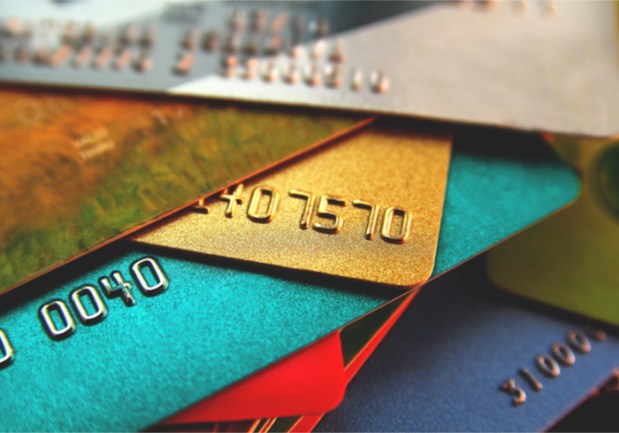What’s the Future For Payment Cards?

What does the future hold for the plastic payment card? Will it go the way of the check — still in use, but seemingly out-of-date, as more consumers use mobile devices for transactions? Or will cards with cutting-edge technology win more loyalty from shoppers?
Such questions are addressed in a new PYMNTS story that features an interview with Sebastien Clamagirand, general manager of secure payment and identity at NXP Semiconductors. The main message he offered? The payment card has “a long life ahead of it,” he told Karen Webster. “Even if you consider technologies like mobile, you can see that the consumer is still paying with payment cards.”
Indeed, new payment regulations seem to be pushing payment cards toward the future.
The second Payment Services Directive — known as PSD2 — has come into effect in Europe, with a September 2019 deadline of payment service providers being able to adhere to regulatory technical standards regarding security and functionality. It’s still very early, but recent news points to one PSD2-fueled development: the further spread of biometrics in payments. Mastercard wants to test out its fingerprint-scanning cards in the U.K. The payments firm is reportedly already testing the card in South Africa. The product combines chip technology with a fingerprint scanner to verify the cardholder’s identity when making purchases in-store or online.
Meanwhile, Visa recently released data showing that counterfeit fraud ticked down at U.S. merchants by 75 percent from September 2015 to March 2018 as more storefronts started accepting chip cards — another point in favor of plastic payment cards. Visa said that, as of its latest “Visa Chip Card Update,” as many as 67 percent of storefronts in the United States now accept chip cards.
Payment technology is rapidly changing, but one can certainly argue that these are optimistic times for cards.
